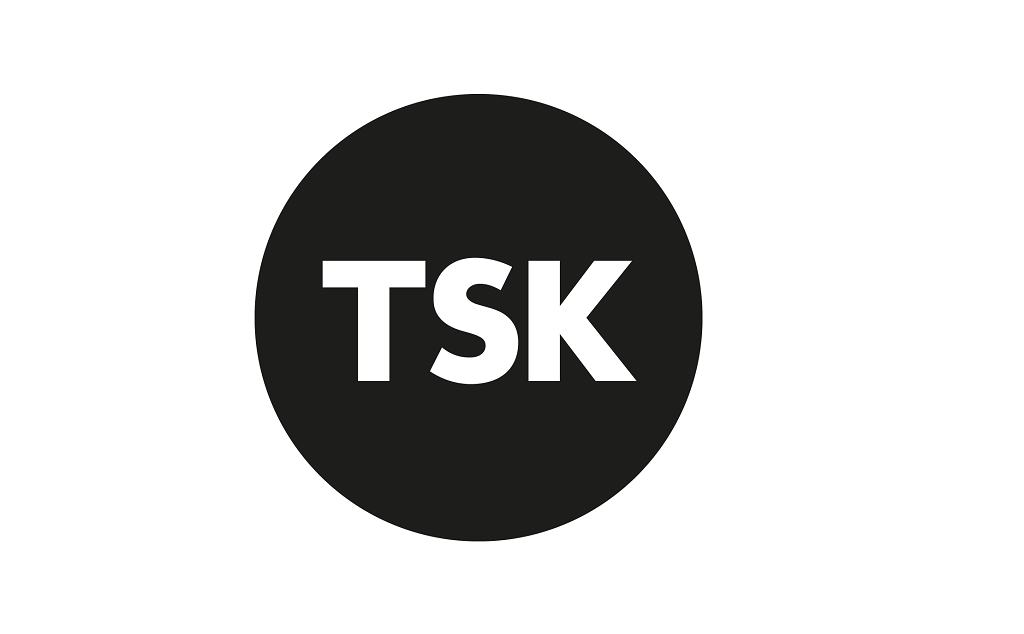Developers, be cautious about free fibre material
It is common practice for property developers to accept free communications infrastructure material from existing service providers during the construction phase. Incumbent providers are quick to issue free network ducting and cabling, as it gives them direct and easy access to new residential consumers.
While this practice saves the developer cost and effort up front, there are downsides. The provider maintains ownership of this infrastructure, likely limiting residents’ future choice regarding communications services.
To alleviate this situation, developers could grant access to multiple providers to install their infrastructure. Even better, developers could install this infrastructure themselves from the beginning. The developers would maintain full ownership of this network equipment while ensuring that residents have future choice regarding communications services.
Ducting and cabling alternatives
Ducting provides the underground pathway that connects the apartment building’s communications network to the street, or the housing development’s individual homes to the estate boundary.
Excavating trenches for this ductwork is costly for the developer. If ducting is installed from just one service provider, that provider reaps all of the benefit of the developer’s groundwork. To protect against this, developers could install 1-2 additional neutral ducts for future use by alternate network providers. Better still, developers could reject free ducts altogether and install a full bank of neutral intake ducts to a neutral communications cabinet at the street. This would provide future access to any provider.
As with ducting, communication providers will give their fibre or copper cabling to large scale residential developments for free. By installing this network equipment during the construction phase, the developer avoids intrusive post-completion work. The downside is that once installed, the developer has essentially locked in the provider to each residential unit and erected a significant barrier to entry for other providers.
Again, like ducting, developers should consider installing their own cable infrastructure from the building basement or housing estate boundary to each residential unit. This would provide access to any communication providers who sell service to the end occupier in that region. This network could be installed alongside or instead of the freely provided cabling. An additional benefit is that developers can combine this infrastructure with other services like TV and security / building management.
Looking forward
The UK lags other countries in ensuring neutral host shared access to in-building infrastructure. The National Infrastructure Assessment 2018 report states, “there may not be benefits from duplicating in-building fibre connections, which are costly and disruptive to install. Countries such as Spain, Portugal and France mandate that in-building fibre is accessible to all operators.”
Additionally, while connectivity ratings are common in the commercial sector, they’re becoming more prevalent in the residential sector. WiredScore Home launched in the UK in 2019, and is likely to drive more focus on ensuring residential developments are digitally accessible with a full suite of options. Achieving the highest levels of certification will be important for a development to be a residence of choice.
Developers could consider the following bad, good, best approach when considering what strategy to adopt for their connectivity infrastructure.
Bad – Free issued infrastructure from a single provider
Good – Free issued infrastructure from multiple providers
Best – Developer-owned neutral host infrastructure, professionally managed and provided on an open access basis to providers
When deciding whether to use free materials, developers should consider the following.
- Limitations on service options the acceptance of free materials creates for future occupants.
- The number of providers to accept freely issued materials from in order to ensure sufficient choice.
- Whether it’s worthwhile to make the investment themselves to ensure the development benefits from its own open access network.
At ClearFibre, we are innovating around how we work with developers to create the best solution for each building or site. ClearFibre are the only large scale residential provider to offer:
- Shared infrastructure — Our Clear Convergence solution allows for just one fibre system that provides open access, and is based on a slimline design that removes the need for multiple cables for data, audio, and video services. All building services can be sent via a single cable.
- Duct concession — we’re giving developers a financial incentive to invest in their own duct infrastructure. We take over management of this via a 20-year contract through a wayleave, giving developers a long term income whilst ensuring the duct network is operated on a wholesale open access basis.
While freely issued communications infrastructure can save developers upfront time and money, this isn’t a straightforward choice. Developers should consider the implications of this decision, and make the choice for the sake of long term benefit. In almost all cases, this will mean installing network equipment that can be accessed by multiple providers.
Shaun Gibson is CEO of Telcom Group. Please get in touch: shaun@telcom.uk
Follow us on LinkedIn
Selected industry experts bring you insight and expert advice, across a range of sectors.
Subscribe for free to receive our fortnightly round-up of property tips and expertise
Selected industry experts bring you insight and expert advice, across a range of sectors.
Subscribe for free to receive our fortnightly round-up of property tips and expertise





